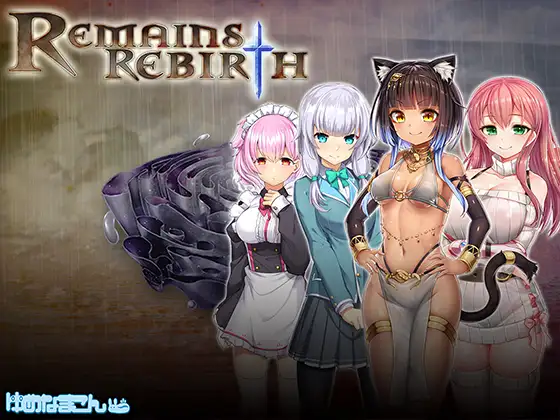Dracula. The Frankenstein Monster. The Invisible Man. The Mummy. And, of course, let's not overlook the Wolf Man. These iconic monsters have evolved and transformed over the years, transcending their original forms while continuously terrifying audiences across generations. We've recently seen a new take on Dracula in Robert Eggers' Nosferatu, and now Guillermo del Toro is set to bring us a fresh Frankenstein. Meanwhile, writer-director Leigh Whannell is putting his own spin on the Wolf Man.
But how does a filmmaker like Whannell captivate modern audiences with yet another werewolf movie, especially with the Wolf Man as the central character? How do these filmmakers, as Whannell puts it, make these classic monsters both frightening and relevant once more?
So, arm yourself with torches, select your wolfsbane, and sharpen your stakes—and prepare to delve into the metaphors inherent in monster narratives. We had the opportunity to discuss with Whannell the impact of classic monster movies on his work, his approach to reviving iconic creatures like the Wolf Man in 2025, and why these stories still matter today.


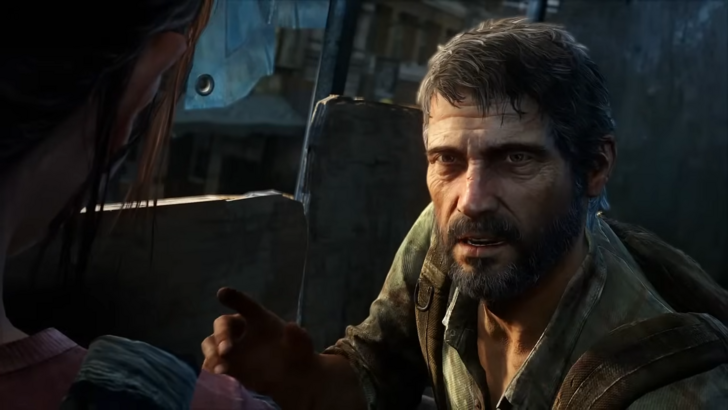

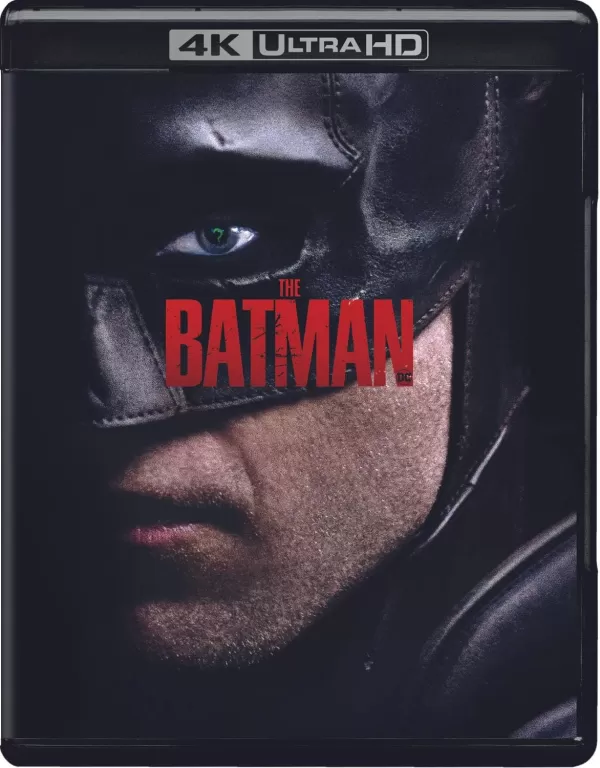
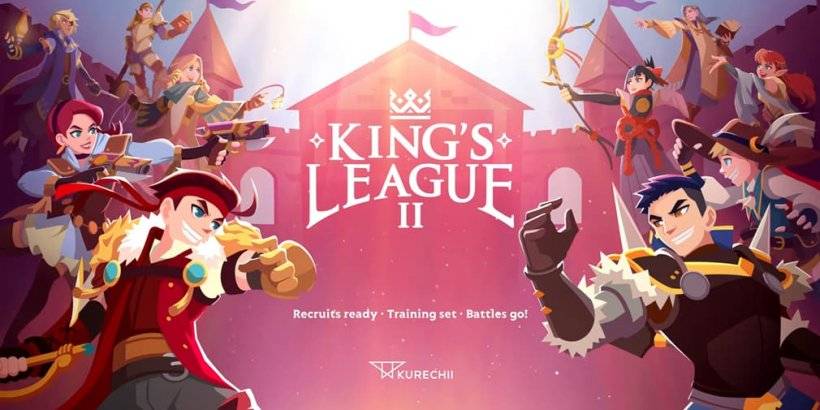










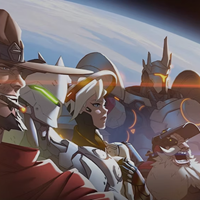

![After Guardian Angel [remake '17]](https://imgs.dgmma.com/uploads/77/1731989317673c0f45bdf26.jpg)







